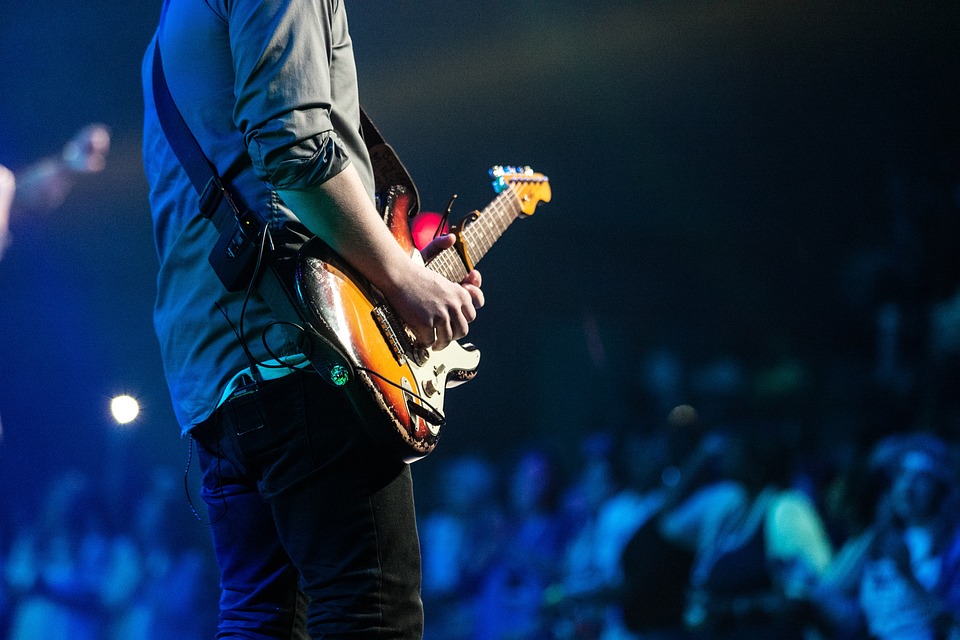The Importance of Traditional Music
Traditional music plays a significant role in preserving cultural heritage and passing down stories and values from generation to generation. It provides a glimpse into a community’s history, traditions, and beliefs, giving people a sense of identity and belonging. However, as the world becomes increasingly modernized, traditional music often gets overshadowed by mainstream genres, putting this valuable heritage at risk of being lost.
Challenges Faced by Traditional Music
Many factors contribute to the decline of traditional music, including globalization, urbanization, and changing societal values. Younger generations are more exposed to popular music through mass media and digital platforms, making them less interested in learning and preserving traditional musical forms. Additionally, traditional musicians may struggle to find opportunities to perform and reach new audiences, as mainstream venues tend to prioritize popular music.
Revitalizing Traditional Music through Community Efforts
Despite these challenges, many communities around the world are taking proactive steps to revitalize traditional music and ensure its survival for future generations. Through grassroots efforts, innovative projects, and collaborations, they are keeping their musical heritage alive and thriving.
1. Music Workshops and Education Programs
One way communities are preserving traditional music is by organizing workshops and educational programs to teach younger generations about their musical heritage. These programs provide opportunities for children and young adults to learn traditional songs, dances, and instruments from experienced musicians in their community. By passing down these skills and knowledge, communities are ensuring that their musical traditions are preserved and passed on to future generations.
2. Cultural Festivals and Events
Cultural festivals and events play a crucial role in promoting traditional music and giving traditional musicians a platform to showcase their talents. These events bring together people from diverse backgrounds to celebrate and appreciate the rich diversity of traditional music. By creating spaces where traditional musicians can perform and connect with audiences, communities are supporting the continued practice and appreciation of their musical heritage.
3. Collaborations with Modern Artists
Some communities are revitalizing traditional music by collaborating with modern artists to create innovative and fusion musical projects. By blending traditional musical elements with contemporary styles, these collaborations attract new audiences and bring fresh perspectives to traditional music. This approach not only preserves traditional musical forms but also helps to revitalize them within a modern context, making them more relevant and accessible to younger generations.
4. Digital Platforms and Social Media
The rise of digital platforms and social media has provided traditional musicians with new opportunities to reach a global audience and connect with fans. Many communities are leveraging these platforms to promote their traditional music, share performances, and engage with audiences worldwide. By embracing technology, communities are expanding the reach and impact of their musical heritage and ensuring its continued relevance in the digital age.
5. Preservation of Musical Archives and Documentation
Preserving musical archives and documentation is essential for safeguarding traditional music and historical recordings for future generations. Communities are investing in the digitization and preservation of their musical heritage, ensuring that these valuable resources are accessible to researchers, musicians, and music enthusiasts. By documenting and archiving traditional music, communities are safeguarding their cultural heritage and ensuring that it remains alive and relevant for years to come.
Conclusion
In conclusion, traditional music is a vital part of our cultural heritage that deserves to be preserved and celebrated. Communities around the world are taking proactive steps to revitalize their musical traditions through workshops, festivals, collaborations, digital platforms, and preservation efforts. By working together and embracing innovation, we can ensure that traditional music continues to thrive and inspire future generations. Let’s continue to support and celebrate the rich diversity of traditional music and keep our musical heritage alive for generations to come.

Leave a Reply